India is known for its rich diversity in wildlife, and one of the best things about the country’s avian life is the wide range of bird species that can be spotted throughout the year.
February, being part of the winter season in India, is an exciting time for birdwatchers. Many migratory birds arrive from various parts of the world to escape the colder climates of their native regions.
If you’re a bird lover or an enthusiast looking to catch a glimpse of some unique birds, February is a fantastic time to visit India. The country hosts numerous species of birds, including migratory ones from Europe, Central Asia, and even beyond.
Let’s take a closer look at eight fascinating birds from different parts of the world that can be seen in India in February:
1. The Siberian Crane (Grus leucogeranus)
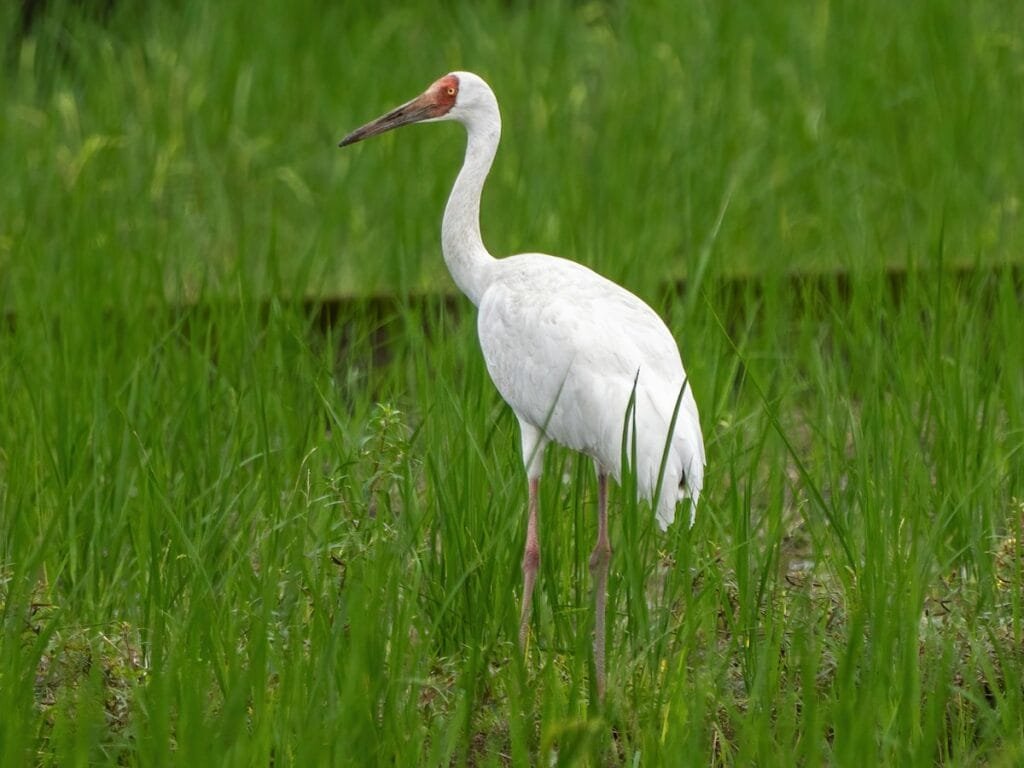
Origin: Siberia and Central Asia
Where to Spot: Keoladeo National Park (Rajasthan), Kolleru Lake (Andhra Pradesh)
The Siberian Crane is one of the most iconic migratory birds that make their way to India from the frigid northern regions. These cranes travel thousands of kilometers to the wetlands of India in search of warmer temperatures. Keoladeo National Park in Rajasthan is one of the best places to see them. These cranes are known for their striking white plumage and impressive size. Seeing them in flight or feeding along the wetlands is a spectacular sight.
2. The Common Shelduck (Tadorna tadorna)
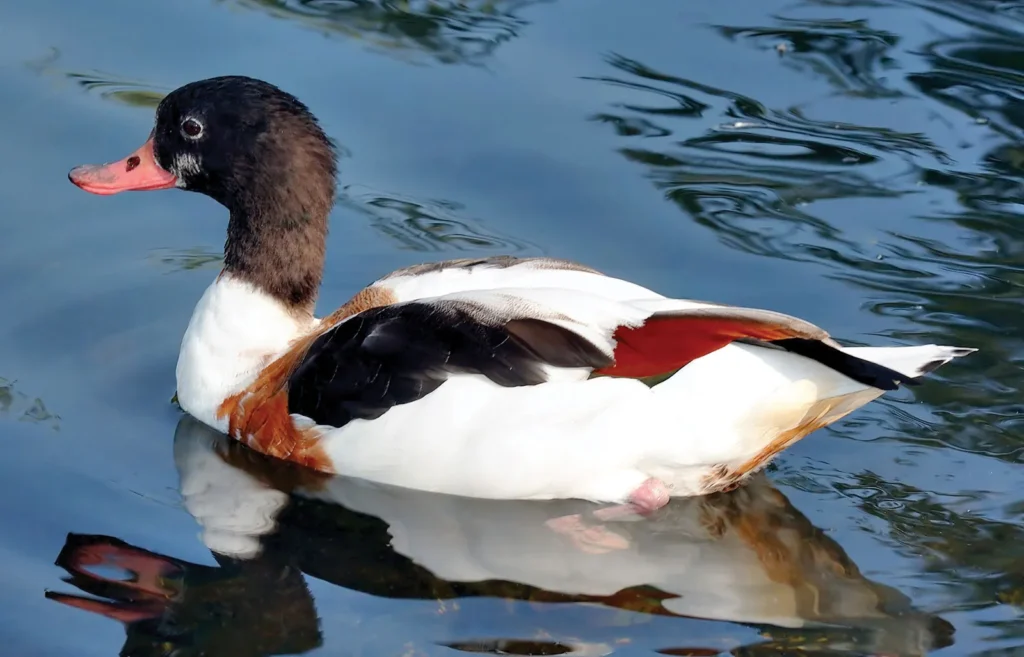
Origin: Europe, North Africa, and Central Asia
Where to Spot: Chilika Lake (Odisha), Dal Lake (Kashmir)
The Common Shelduck is a beautiful duck species often found in India during the winter months, especially in coastal and wetland areas. These birds are easily recognizable by their striking black and white plumage with a reddish-brown chest. While their native habitat is in Europe and Asia, they migrate to India in the winter. Chilika Lake in Odisha is one of the most popular spots to observe these colorful waterfowl.
3. The Eurasian Wigeon (Mareca penelope)
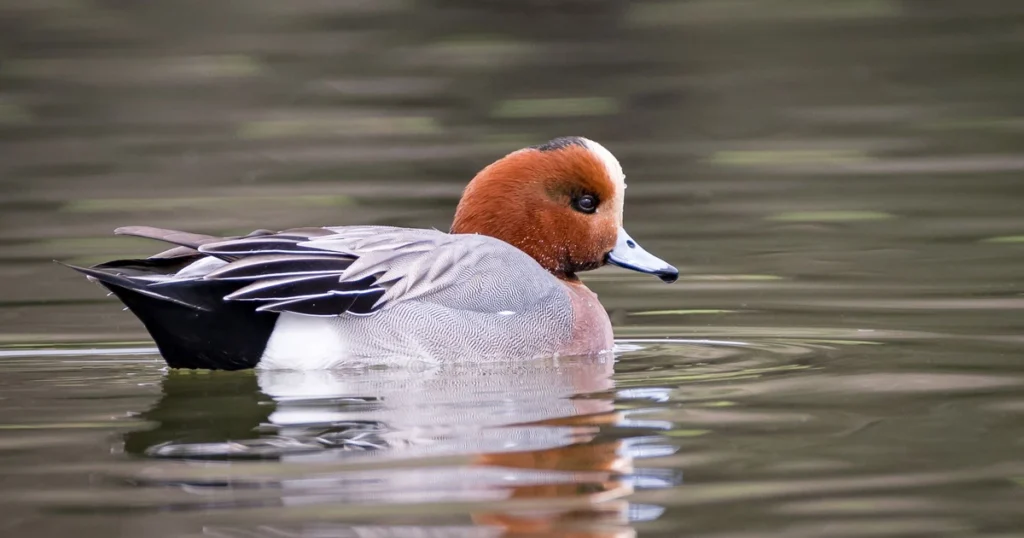
Origin: Europe, Asia, and Siberia
Where to Spot: Bharatpur Bird Sanctuary (Rajasthan), Pulicat Lake (Tamil Nadu)
The Eurasian Wigeon is another duck species that migrates to India in February. This medium-sized duck is known for its beautiful plumage, with males sporting a distinctive reddish-brown head and a creamy crown. They typically prefer shallow waters and wetlands, where they feed on aquatic plants and grasses. You can spot these elegant birds in places like the Bharatpur Bird Sanctuary, which is a prime location for migratory birds.
4. The Great Egret (Ardea alba)
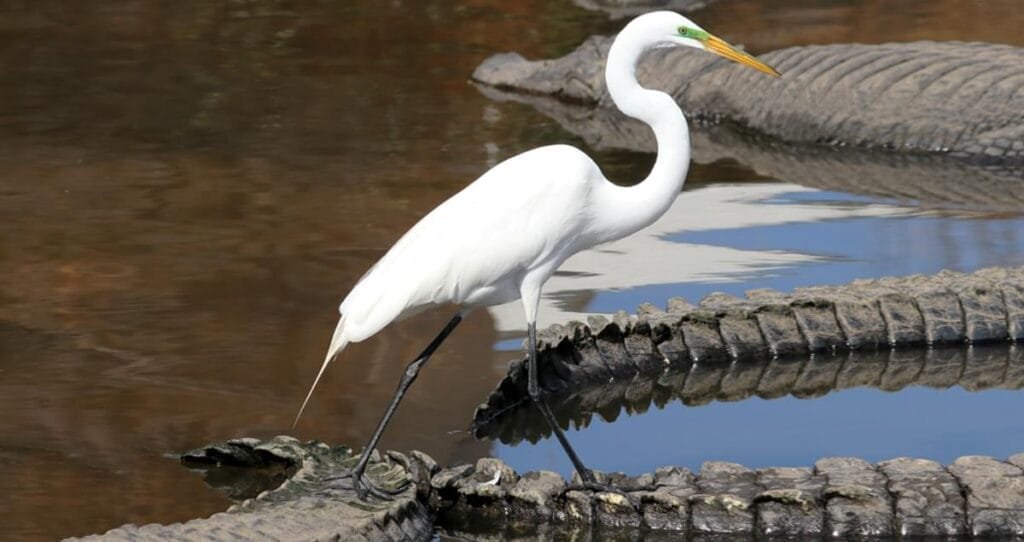
Origin: Europe, Africa, and Asia
Where to Spot: Sundarbans (West Bengal), Ranganathittu Bird Sanctuary (Karnataka)
The Great Egret, with its long legs, neck, and striking white plumage, is a majestic sight in Indian wetlands, particularly during the winter months. These birds migrate from Europe and Central Asia to India in search of warmer waters. Known for their graceful hunting technique, they can often be seen wading through shallow waters in search of fish. The Sundarbans in West Bengal and the Ranganathittu Bird Sanctuary in Karnataka are excellent locations to spot these stunning birds.
5. The Bar-headed Goose (Anser indicus)
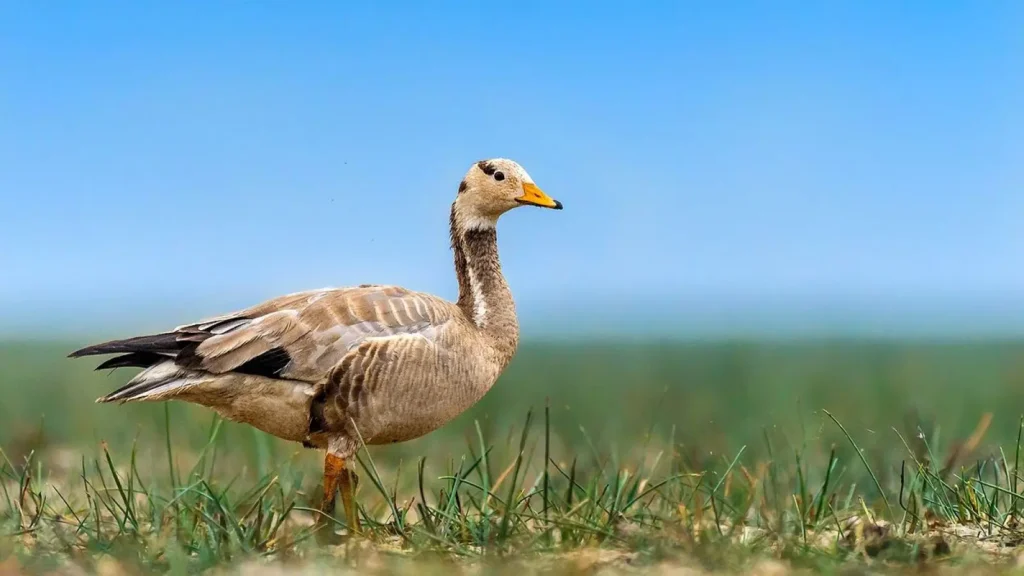
Origin: Central Asia and Mongolia
Where to Spot: Keoladeo National Park (Rajasthan), Pong Dam Lake (Himachal Pradesh)
The Bar-headed Goose is one of the highest-flying birds in the world, and its migratory path brings it to India during the winter months. These geese fly over the Himalayan mountain range, often at extreme altitudes, before arriving in India. Known for their distinctive bar-shaped markings on their heads, they can be spotted in wetlands such as Keoladeo National Park in Rajasthan and Pong Dam Lake in Himachal Pradesh. Their unique migration patterns make them a fascinating sight for birdwatchers.
6. The Pied Avocet (Recurvirostra avosetta)
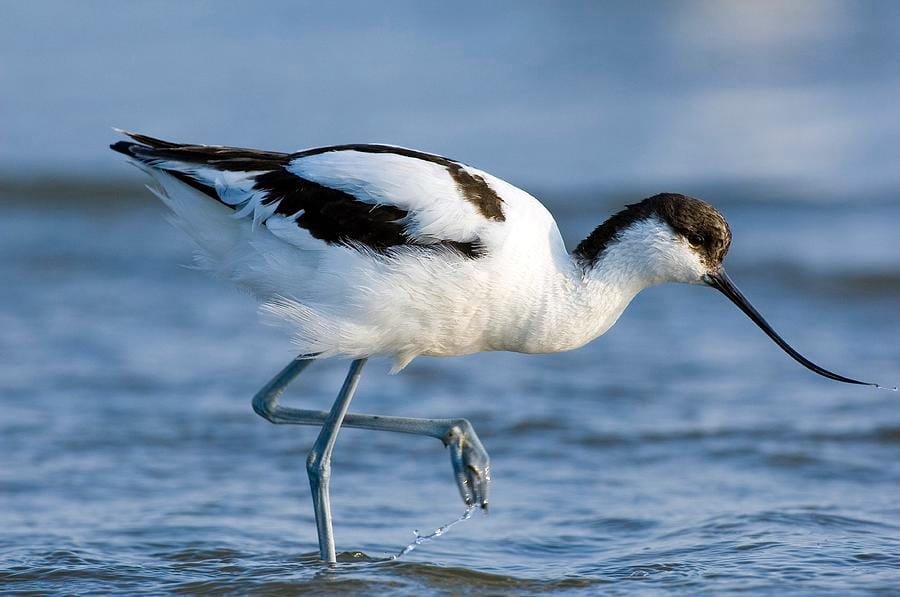
Origin: Europe, Africa, and Asia
Where to Spot: Chilika Lake (Odisha), Point Calimere Wildlife Sanctuary (Tamil Nadu)
The Pied Avocet is a striking wader bird with black-and-white plumage and a distinctive upturned bill. These birds migrate from their breeding grounds in Europe and Asia to the coastal wetlands of India, where they can be found wading in the mudflats and shallow waters. Their elegant appearance and unique feeding behavior make them a favorite among birdwatchers. Chilika Lake in Odisha and Point Calimere in Tamil Nadu are great spots to observe these beautiful birds.
7. The Black-tailed Godwit (Limosa limosa)

Origin: Europe and Central Asia
Where to Spot: Bharatpur Bird Sanctuary (Rajasthan), Chilika Lake (Odisha)
The Black-tailed Godwit is another wader bird that migrates to India during the winter months. Known for their long legs and beaks, these birds are often found in shallow waters, where they feed on worms, insects, and small fish. Their striking black-and-white plumage, combined with their long, curved bills, makes them easy to spot in India’s wetlands. Bharatpur Bird Sanctuary and Chilika Lake are excellent places to spot these elegant birds.
8. The Demoiselle Crane (Anthropoides virgo)
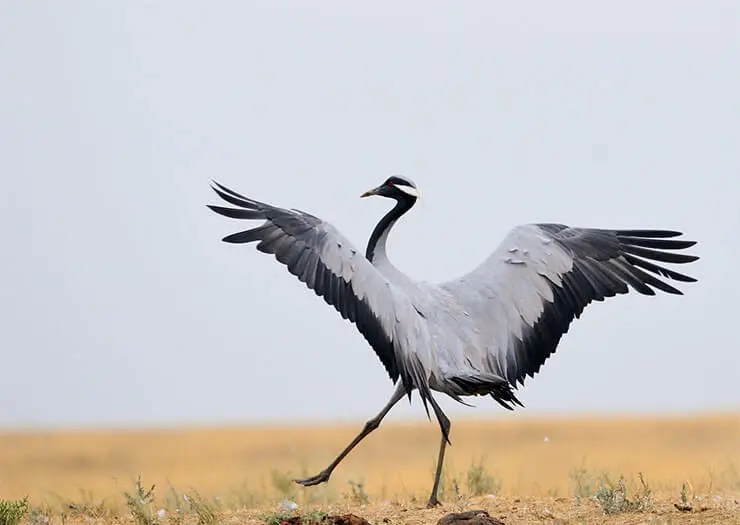
Origin: Central Asia
Where to Spot: Rajasthan, Uttar Pradesh, Gujarat
The Demoiselle Crane is another crane species that migrates to India in large numbers during the winter months. With their tall stature, graceful necks, and striking black and white plumage, these cranes are a spectacular sight. They typically migrate from Central Asia and spend their winters in the open fields and wetlands of India, particularly in Rajasthan, Gujarat, and Uttar Pradesh. The birds are often seen in the grasslands, where they feed on seeds and small insects.
Why February is a Great Time for Birdwatching in India
February is an ideal month for birdwatching in India because it’s right in the middle of the migratory season. Many bird species from cold northern regions fly to India to escape the harsh winter and take advantage of the country’s warmer climate. Wetlands, national parks, and bird sanctuaries across India become temporary homes for these migratory birds, providing an opportunity for birdwatchers to observe species that might not be native to the region.
From the towering Siberian Crane to the elegant Pied Avocet, February offers an incredible opportunity to see these fascinating migratory birds in action. Whether you’re a seasoned birdwatcher or just someone who enjoys nature, this is the perfect time to explore India’s diverse avian life.
A Birdwatcher’s Paradise
India, with its varied landscapes and diverse ecosystems, is a birdwatcher’s paradise. February is an especially rewarding time, as migratory birds from all over the world grace the country with their presence. From the Great Egret to the Demoiselle Crane, these visitors add to the charm of India’s birdlife, making it a fantastic destination for anyone interested in the fascinating world of birds.

